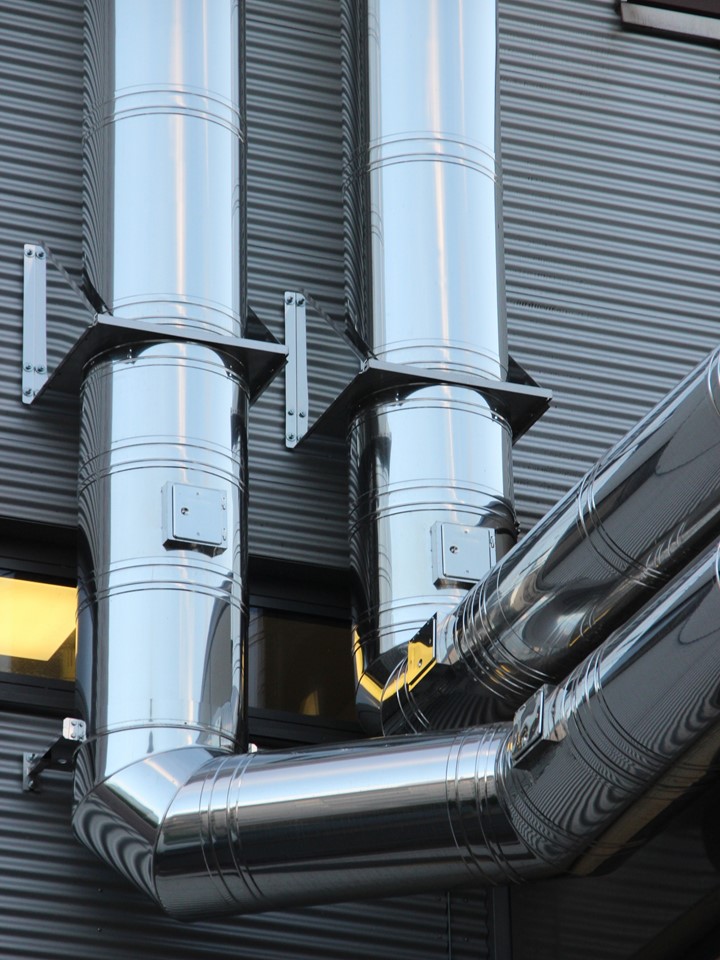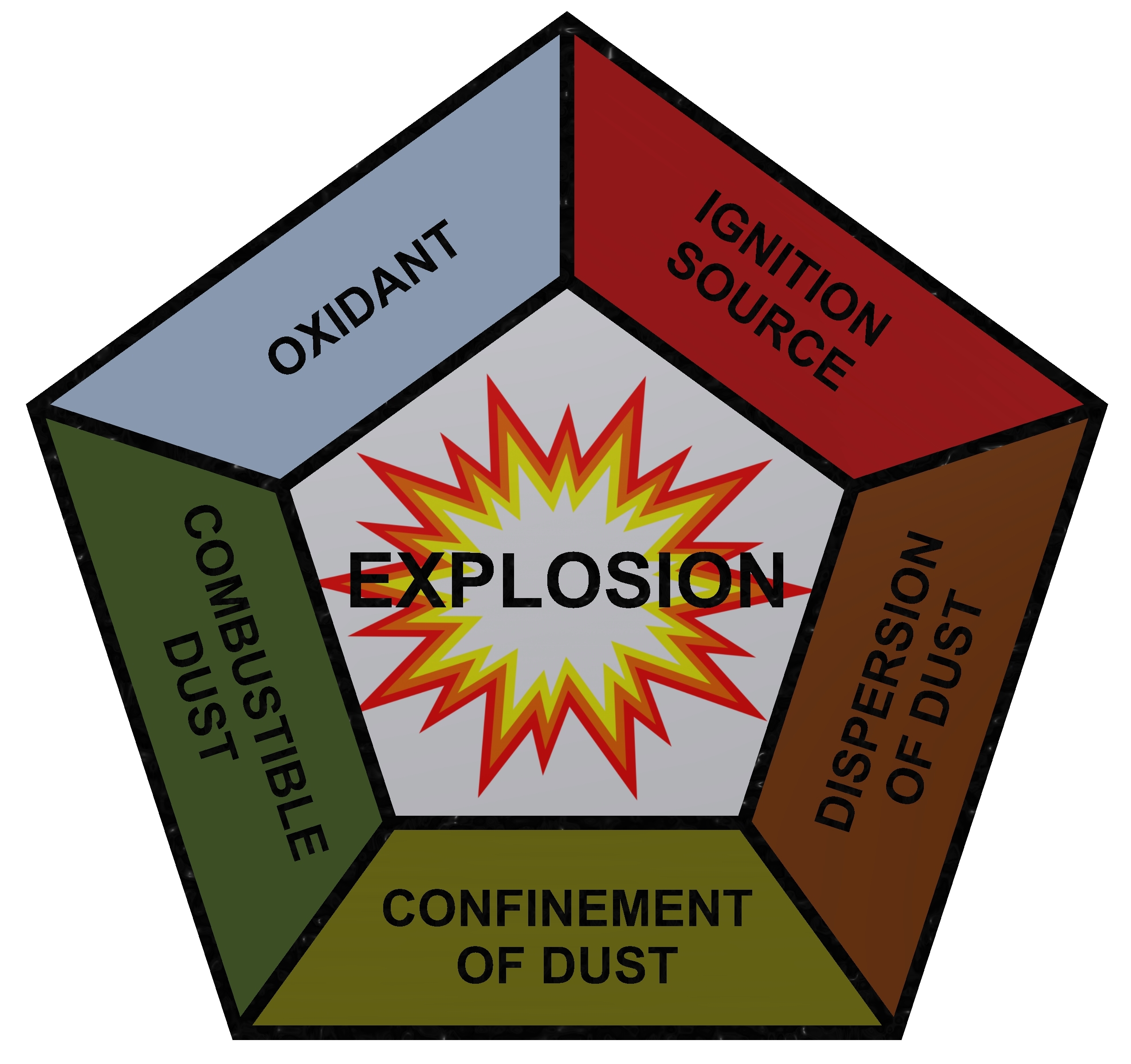When designing a dust collection system, the ductwork is like the highways of the system. They allow the dust to move from the area of production to the dust collector. The dust should move fast enough so it doesn’t fall out while not moving too fast to cause undue wear and pressure drop. What this means is when you are designing your dust collector ductwork, pay attention to the ductwork diameters. When picking the ductwork diameters throughout the system, make sure the velocities correlate with the design velocities shown below.
Low Velocity Causes Dust Build-Up
A velocity that is too low will cause major issues in your ductwork. Dust will fall out and begin to pile up in the ductwork. This will do three (3) things:
- The dust builds up, decreasing the area of the ductwork, until the open area is large enough to get the velocity back up within the range to prevent further dust buildup.
- Dust buildup will increase the weight of the ductwork, and could cause issues with the support of the ductwork.
- If the dust is explosive, the dust buildup creates fuel for an incident and could cause serious problems.
The table below is from the Industrial Ventilation Booklet (5-1) and gives the velocity ranges of various applications and dusts.
| Nature of Contaminant |
Examples |
Design Velocity |
| Vapor, gases, smoke |
|
Any desired velocity (1000-2000 FPM suggested) |
| Fumes, metal smokes |
Welding |
2000 – 2500 fpm |
| Very fine light dust |
Cotton lint, wood flour, litho powder |
2500 – 3000 fpm |
| Dry dusts & powders |
Fine rubber dust, Bakelite molding, powder dust, jute lint, cotton dust, shavings (light), soap dust, leather shavings |
3000 – 3500 fpm |
| Average industrial dust |
Grinding dust, buffing lint (dry), wool jute dust (shaker waste), coffee beans, shoe dust, granite dust, silica flour, general material handling, brick cutting clay dust, foundry (general), limestone dust, packaging and weighing asbestos dust in textile industries |
3500 – 4000 fpm |
| Heavy dusts |
Sawdust (heavy and wet), metal turnings, foundry tumbling barrels and shake-out, sand blast dust, wood blocks, hog waste, brass turnings, cast iron boring dust, lead dust |
4000 – 4500 fpm |
| Heavy or moist dusts |
Lead dust with small chips, moist cement dust, buffing line (sticky), quick-lime dust |
4500 fpm and up |
How Tough Dust Can Affect Your Dust Collection System
Watch this video from the Dust Efficiency Clinic and learn how to deal with all these tough dust issues.
As always the Dust Efficiency Clinic offers its ‘outside the box’ thinking and solutions to your tough dust problems.
To learn more about which dust collector, please contact our experts at 440-543-7400 or visit our website: www.dustcollectorhq.com.
To improve efficiency and safety, there is no substitute for an on-site inspection by an experienced expert. Click below to start with a free 20-minute phone consultation by clicking the button.





